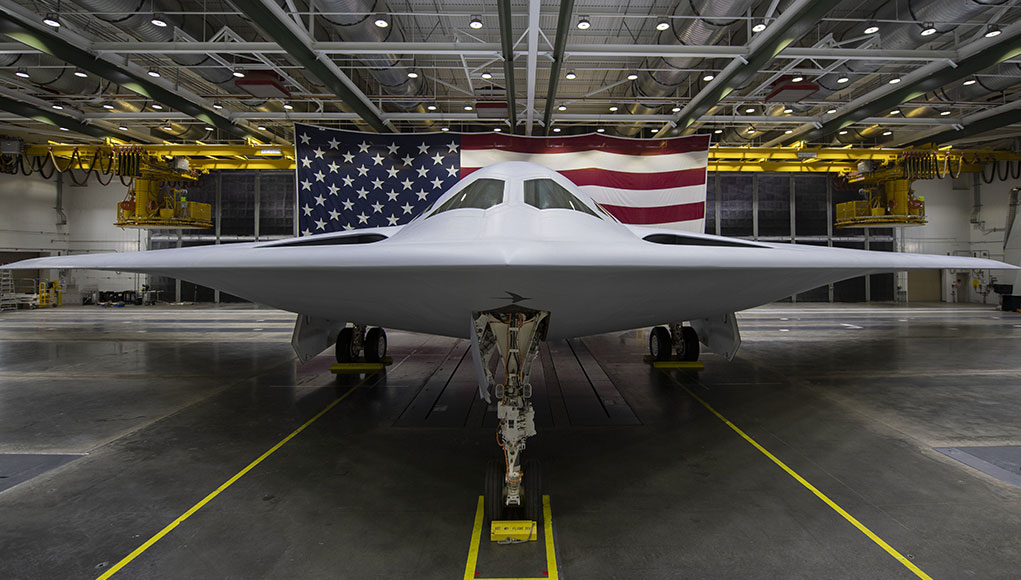On 2 December 2022, the US Air Force publicly unveiled its new bomber, the B-21 Raider. The aircraft is the first new, long-range strike bomber in a generation; it is designed to be the multifunctional backbone of the modernized bomber fleet.
As a long-range, highly survivable stealth aircraft, the Raider will be a dual-capable bomber, delivering a mix of stand-off and direct-attack munitions for conventional and nuclear attacks; the weapons will include cruise missiles and guided bombs, among them the heaviest weapon in US Air Force inventory, the GBU-57 Massive Ordnance Penetrator (MOP), which, until now, could be carried only by the B-2 Spirit and B-52H.
Once fielded, the B-21 will operate as part of a family of systems designed to support the Long-Range Strike with Intelligence, Surveillance and Reconnaissance (ISR), Electronic Attack (EA), Communications, and other capabilities. The aircraft is designed with updated stealth qualities and mission flexibility to enable a credible ‘integrated deterrence,’ meaning that it can strike anywhere in the world at any time, including in denied and contested airspace.

The B-21 is the first new bomber to be introduced since the end of the Cold War. Air Force officials envision an ultimate fleet of at least 100 aircraft with an average procurement unit cost requirement of $692 million (according to the base year 2022 dollars). The B-21 Raider will enter service by the middle of the decade and will gradually replace aging B-1B Lancer and B-2 Spirit bombers now in service. The B-1B was fielded in 1986, and the B-2 became operational a decade later, in 1997.
A New Design for the Flying Wing
The new bomber is considered a ‘Sixth Generation’ aircraft, as it follows five earlier generations of jet bombers developed since the end of the Second World War. As a leader of the new generation, it is the first to implement the dramatic technological signature management, materials, and doctrinal changes, such as the multi-domain warfare, that evolved since the introduction of the first stealth bomber, the B-2 Spirit.
Subscribe to read the full analysis
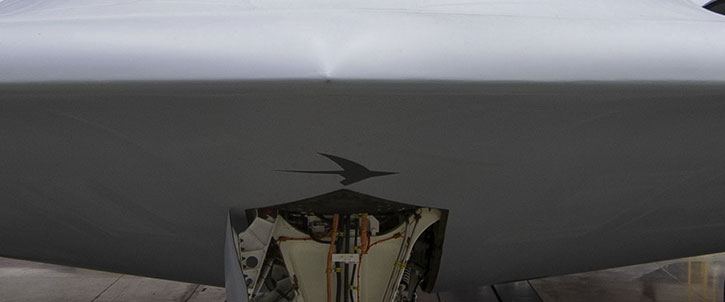
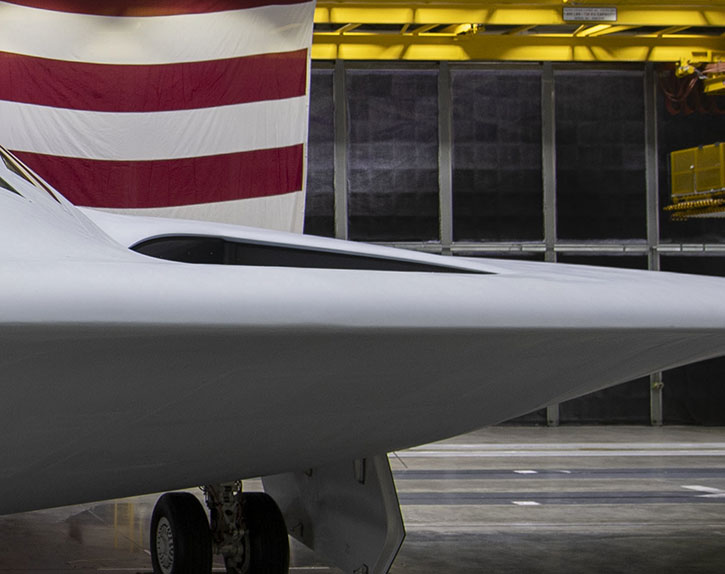
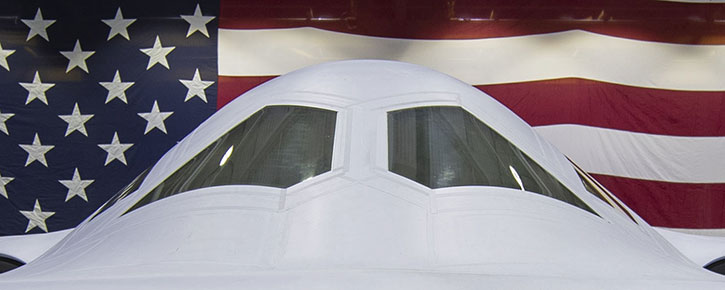
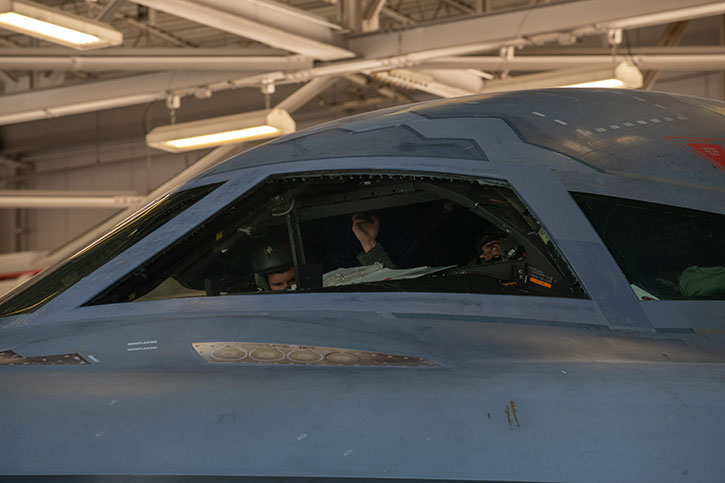
Open Systems Architecture
When the B-21 becomes operational, the oldest bomber in service, the B-52 Stratofortress, will turn 80. But even in its old age, the B-52 will continue to serve alongside the new bomber, at least until the 2050s, after a thorough modernization process that will upgrade its radar, replace the engine, and introduce new communications systems. Despite its old age, the B-52 is much cheaper to operate compared to the B-1B and the B-2. Although the B-21 will be the most expensive aircraft in history, it is designed to be more affordable to operate over its service life.
One aspect of the B-21 is the design concept, using open systems architecture to reduce integration risk and enable competition for future modernization efforts to allow the aircraft to evolve as the threat environment changes. To promote efficient and collaborative development, the design of the new bomber was uploaded to a secure cloud, where all team members, including the Air Force, have access to a detailed virtual 3D model of the aircraft called ‘Digital Twin’ that allow designers to drive down risk in the engineering, manufacturing, and deployment (EMD). Northrop Grumman uses agile software development, advanced manufacturing techniques, and digital engineering tools to help mitigate production risk on the B-21 program and enable modern sustainment practices. The B-21 team includes more than 8,000 people from Northrop Grumman, industry partners, and the Air Force. The group consists of more than 400 suppliers across 40 states.
The specific B-21 unveiled on Dec. 2 is one of six under production. Each is considered a test aircraft, but each is being built as production representative aircraft on the same production line, using the same tools, processes, and technicians who will build production aircraft. This approach has enabled production engineers and technicians to capture lessons learned and apply them directly to follow-on aircraft, driving home a focus on repeatability, producibility, and quality. The aircraft will soon begin testing outside the hangar, including taxiing and powering on more systems ahead of the first flight in 2023.
The schedule of the first flight or initial operational capability has yet to be released, but the basing decisions for the new bomber have been made. The first three units of B-21 will be based in Ellsworth AFB in South Dakota, currently operating the B-1B, which will become the first Main Operating Base and formal training unit for the new bomber. Whiteman AFB, in Missouri, currently operating the B-2, and Dyess AFB, Texas, where B-1B is presently deployed, will also base the B-21.


